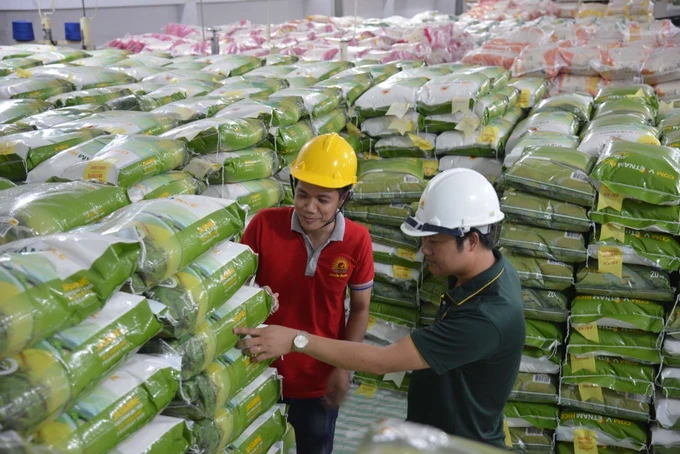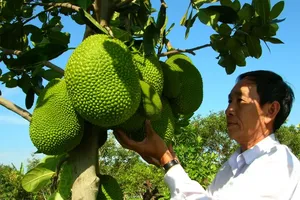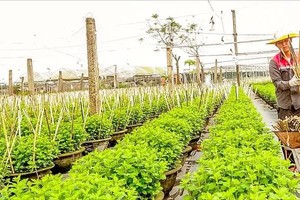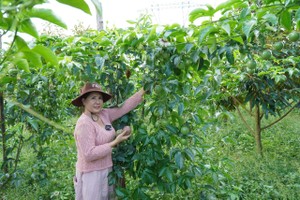
A survey conducted by SGGP reporters revealed that at various traditional markets and rice vendors in Hanoi, prices for numerous rice varieties fell on February 21 compared to the levels before the Lunar New Year( Tet). The reductions ranged from a minimum of VND6,000 to a maximum of VND20,000 per 10kg bag.
A 10 kg bag of Bac Huong rice is currently priced at VND185,000 while Japanese jasmine rice is available for VND197,000 per bag. Thai green rice is offered at VND175,000 per bag, and Thai red rice is priced at VND170,000 per bag. Both Dien Bien jasmine rice and Hai Hau rice are set at VND190,000 per bag. New jasmine rice can be purchased for VND170,000 per bag, BC rice is available at VND145,000 per bag, and Khang Dan rice is priced at VND140,000 per bag.
There is a noticeable trend of price reductions in Ho Chi Minh City and the Southern region with decreases ranging from approximately VND1,000 to VND2,000 per kilogram. For instance, the lowest prices for Jasmine fragrant rice, fluffy broken rice, and fragrant broken rice are now set at VND180,000 for 10 kg. Nang Hoa rice is available for VND220,000 per 10 kg.
As agents are importing rice at lower costs, retailers are starting to adjust their prices to remain competitive. However, the extent of these reductions varies by store and the timing of their imports. Some agents continue to maintain previous pricing, while those with newly imported stock have begun to lower their prices.
Nevertheless, according to certain consumers, the recent price decrease pertains solely to standard rice, with specialty or premium rice remaining unaffected by this reduction. This situation can be attributed to a constrained supply and a customer base that is predominantly less price-sensitive. In various supermarkets, the selling prices have not undergone substantial changes, as the long-term supply agreements between these retailers and their distributors have yet to come up for renegotiation. Concurrently, supermarkets primarily deal in medium to high-quality rice, which experiences minimal price volatility.
The recent decline in domestic retail rice prices can be attributed to several factors. Firstly, there has been a significant reduction in Vietnam's export rice prices since the onset of 2025, which has exerted downward pressure on local prices. Secondly, following the peak consumption period associated with Tet, there is typically a decrease in rice demand, prompting traders to modify prices in order to encourage sales. Lastly, certain market participants have imported rice at reduced costs and are now in the process of liquidating their stockpiles.
As of February 21, the Vietnam Food Association reported that the export price for 5 percent broken rice from Vietnam was at US$394 per ton, while the price for 25 percent broken rice was $369 per ton, and 100 percent broken rice was priced at $310 per ton. These prices have remained stable for the past four days and significantly lower than the export prices of similar rice varieties from Thailand and India, with only a slight premium over those from Pakistan.
Experts suggest that the competitive pricing of Vietnamese rice is compelling other countries to lower their offering prices to enhance their market competitiveness. It is believed that the current export prices may represent the lowest point, making further reductions unlikely.
























